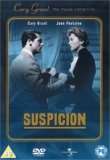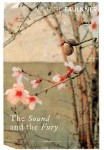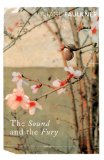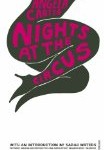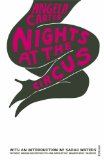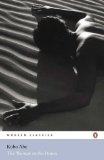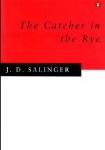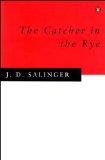I first saw Before the Fact mentioned on Shelf Love, but was persuaded to read it when Teresa selected it as a ‘book that deserves a wider audience’ at Reading Matters.
Francis Iles is an important author in the crime fiction world as he progressed the genre from simple “whodunnits” into books where the murderer is known to the reader and the joy is in understanding their motives and finding out if they get caught.
I loved the first paragraph of Before the Fact:
Some women give birth to murderers, some go to bed with them, and some marry them. Lina Aysgarth had lived with her husband for nearly eight years before she realized that she was married to a murderer.
Before the Fact was easy to read, with a light, almost humorous tone. We watch Lina’s relationship with her husband grow and then falter, as she slowly discovers his flaws and finally realises that he is a murderer. The narrative darkened slightly towards the end, but I’m sure that even the most nervous reader could cope with this book.
It is hard to imagine how 1930s readers reacted to discovering the name of the murderer on the first page, but despite the fact that this frequently happens in modern books I was impressed by the way the plot developed. The book was packed with 1930s charm, but the issues of trust in a relationship are still relevant today.
I’d recommend it to anyone interested in the development of the crime novel, or if you are after a lighter, enjoyable read.
I also watched the DVD as part of C.B. James’ Read The Book, See the Movie Challenge
The Hitchcock classic, Suspicion, is based upon Before the Fact. I hadn’t seen any Hitchcock films before and so thought this was the perfect place to start.
I was really disappointed by Suspicion. The book opens with you knowing that the husband is a murderer, but the film starts off really slowly. You have absolutely no idea where it is going – all you see is a happy couple getting together and setting up their own home. Little things slowly start happening to indicate that everything might not be quite right, but it was too little too late for me. I’m not used to watching these older films, so perhaps it is just a sign of my addiction to the faster paced ones created today, but I can’t help feeling that Frances Iles had the right idea by letting us in on the secret from the start.
The film also looks at things from a slightly different angle – you don’t know whether or not he is a murderer until the very end. This is he/isn’t he? question really irritated me, but perhaps that was because I’d just read the book!
My husband started watching the film with me, but gave up after 40 minutes. At that point I told him that Cary Grant was a murderer. He almost decided to continue watching, but in the end decided he couldn’t take any more of their slow relationship building!
I’m afraid I wouldn’t recommend Suspicion – read the book instead!
Have you read any books written by Frances Iles?
Have you seen Suspicion?



